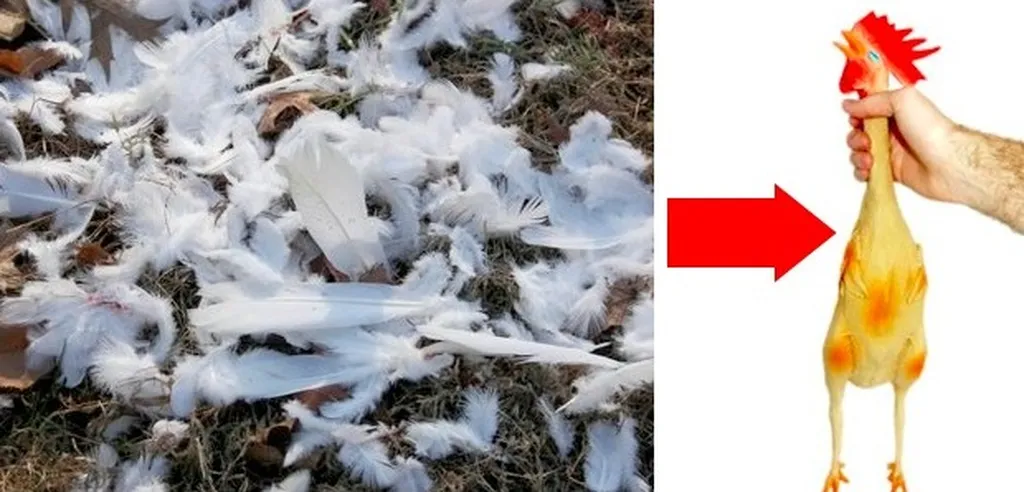In a world grappling with the environmental consequences of plastic waste and agricultural byproducts, a team of researchers has made a significant stride towards sustainability. Led by Assefa Tsion from the School of Chemical Engineering at Jimma University in Ethiopia, the study published in *Acta Periodica Technologica* introduces a novel approach to creating biodegradable films from an unlikely source: chicken feathers.
The research addresses two pressing issues: the pervasive pollution from petroleum-derived plastics and the mismanagement of agricultural waste, particularly chicken feathers. By extracting keratin from waste chicken feathers and combining it with mango seed starch, the team developed biodegradable films plasticized with a blend of glycerol and sorbitol. This innovative process not only repurposes agricultural waste but also offers a sustainable alternative to conventional plastic films.
The biodegradable films demonstrated promising properties, including reduced water solubility, optimal density, and high transparency. Thermal analysis revealed enhanced stability, while X-ray diffraction indicated moderate crystallinity, balancing strength and flexibility. “The combination of glycerol and sorbitol as plasticizers played a crucial role in optimizing the film’s properties,” noted Tsion. This finding underscores the importance of selecting the right plasticizer blend to achieve desired characteristics in biodegradable materials.
The potential commercial impacts for the agriculture sector are substantial. These biodegradable films could revolutionize packaging materials, reducing the environmental footprint of agricultural products. Additionally, they offer a sustainable solution for mulching and other agricultural applications, contributing to a circular economy where waste is minimized, and resources are efficiently utilized.
“This research opens up new possibilities for the agriculture sector to adopt more sustainable practices,” said Tsion. “By utilizing agricultural waste and developing biodegradable alternatives, we can significantly reduce environmental pollution and promote a greener future.”
The study also highlights the need for further research to optimize processing conditions and explore additional natural additives to enhance the performance and sustainability of these biodegradable films. Future developments in this field could lead to even more innovative applications, further reducing the environmental impact of agricultural and plastic waste.
As the world continues to seek sustainable solutions, this research offers a promising avenue for the agriculture sector to embrace eco-friendly practices. By turning waste into valuable resources, we can pave the way for a more sustainable and environmentally conscious future.

